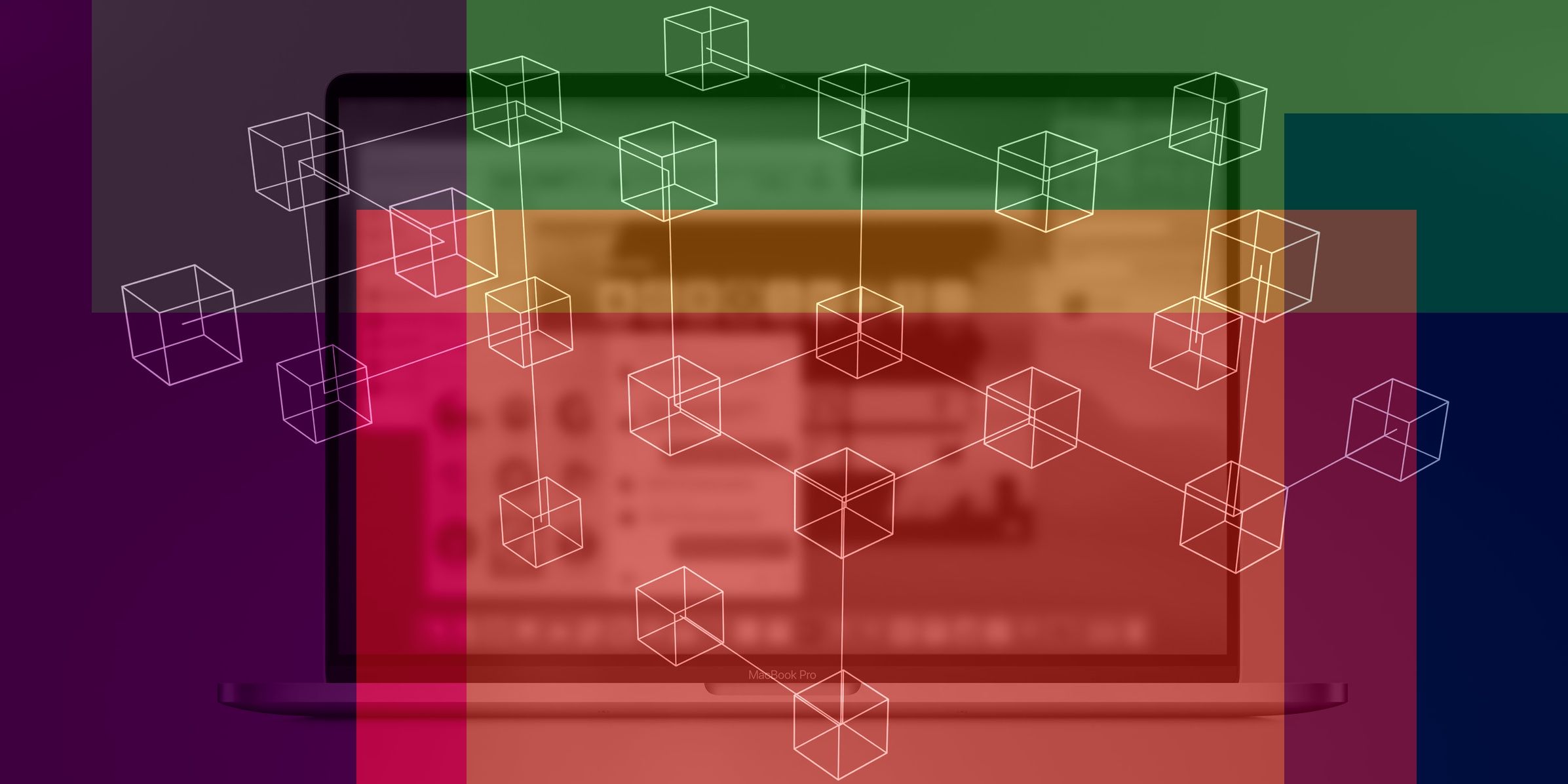Depending on the person fielding the question, Web3 — the next iteration of the Internet as we know it — has already arrived. It is essentially a fancy way of wrapping up the existing internet infrastructure with a layer of crypto. One of the core tenets of Web3 is that it will be built upon the foundations of blockchain technology, bringing decentralization and transparency. Decentralization – because the data is not stored on a single server owned by a single entity. Transparency – because when data is stored across multiple servers, it is almost impossible to tamper with or fiddle with its existence using opaque policies.
One more core element of Web3 dreams is a permission-less ecosystem for peer-to-peer interactions. For example, a transaction between two parties won’t involve a third-party service provider, or even the government, acting as a facilitator with their own vested interests. Another fundamental aspect of Web3, which is said to usher in the era of Internet 3.0, is that applications and services built on this iteration of the internet will be open-source. Now, the question of whether Web3 exists, or not, is debatable. Broadly speaking, Web 1.0 lived from 1990 to 2005, while Web2 is currently what the world is latched on to. Web3 stakeholders are proposing anywhere from the next five years to the next decade for it to become ubiquitous, but not all experts share the vision.
According to Gartner, the Web3 landscape, despite making inroads, won’t be overtaking the existing Web2-based applications in the enterprise domain in the ongoing decade. In such a confusing scenario, the best way to gauge when Web3 arrives — if at all — is to study how its underlying technologies are doing out there. If one were to study the internet and the long-lasting trends it generates, the true impact is measured in terms of users that can access and participate in it. Going by that definition, Web3 is still a pipedream. Take for example platforms like Google and Facebook, both of which have billions of users and are almost synonymous with the Web2 transformation. Save for cryptocurrencies, no Web3 use case scenario is even remotely close to that impact. Even with crypto, setting up a wallet and making a crypto transaction is a tedious task.
Niche Utility, Big Problems
Simplifying it for the masses and bringing widespread acceptance for cryptocurrency payments, especially in the day-to-day lives of consumers and sellers, is the biggest challenge. Given the rampant cases of scams and hacks that have plagued the whole ecosystem, convincing an ordinary person to embrace the crypto-fueled world of Web3 won’t be an easy task. Upending all the perceived benefits is the whole world of scams and high-profile thefts in the NFT-verse. Even OpenSea, the world’s largest NFT marketplace, recently admitted that a majority of NFTs listed on its platform are either stolen or rip-offs. Despite promising a decentralized future for the internet, the Web3 industry itself looks centralized from an investment perspective. So, how meaningful are the numbers realistically?
As per DataReportal, 10 percent of the working-age (25-34 years) internet users across the globe are engaged with crypto in some way. But according to Statista data, that age group only forms 33.8 percent of the global internet-using population. And that means the total number of internet users that have had a taste of crypto is just around three percent. Right now, it is hard to even explain what Web3 is all about to a regular internet user, without taking them through a tedious explainer about blockchain, De-Fi, trustless exchanges, and protocols among other fancy terms. Web1 took a few decades to materialize. Web2 took just one to become mainstream. But when it comes to Web3, it is hard to predict, since it's very much in the early stages of progress. From the lack of compelling products to the high participation barrier for the average internet user, Web3 hasn’ṭ arrived at a tangible extent for the masses and is unlikely to materialize meaningfully for at least the next half-decade.
Sources: Gartner, DataReportal, Statista


